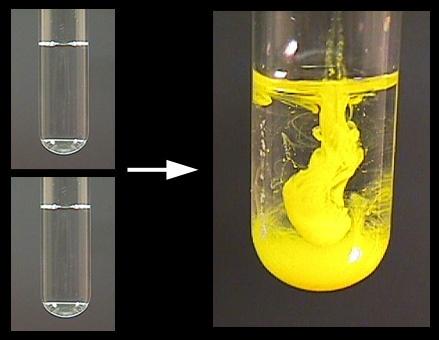

For this, the material is melted and the liquid is atomized via gas or water into small droplets that cool down quickly and thus assume a solid powder particle state. 12 First, the alloy needs to be rendered into powder form in an atomization process.

These particles are called secondary precipitates and are typically only up to a few nanometres in size.ĭuring laser additive manufacturing (LAM), the same alloy experiences a very different, unique thermal profile as it is subjected to the subsequent processing steps (see Fig. In this age-hardening step, the desired fine dispersion of particles forms. Subsequently, the material is annealed at a lower temperature, where the remaining solutes that are now in a supersaturated state are allowed to precipitate. Precipitates occurring after quenching from the solutionized state are called primary precipitates. This is followed by a rapid quenching, designed to limit or fully suppress any precipitation during cooling. at relatively high temperature, all elements are brought into solid solution. First, in a homogenization treatment in the single-phase region of the phase diagram, i.e. 8– 11 During conventional processing, these materials undergo two subsequent heat treatments. Since they form by precipitation phase transformations, they are called precipitates, and the materials featuring them, precipitation-strengthened alloys, 1 Examples are most Al alloys, 2– 4 many Ni-based alloys 5– 7 and some steels. Many classes of alloys owe their high strength to the presence of finely dispersed second phase particles (i.e. These examples demonstrate the importance of understanding and controlling the thermal profile during the entire additive manufacturing cycle of age-hardenable materials including powder synthesis.

in the heat affected zones) and, naturally, during an ageing post-heat treatment. during solidification and subsequent cooling), during the intrinsic heat treatment effected by LAM (i.e. Using examples from a maraging steel, a nickel-base superalloy and a scandium-containing aluminium alloy, we demonstrate that precipitation can already occur during the production of the powders used as starting material, during the deposition of material (i.e. Using scanning electron microscopy and atom probe tomography, we reveal at which stages during the manufacturing process desired and undesired precipitation reactions can occur in age-hardenable alloys. We describe and study the thermal profiles experienced by various age-hardenable alloys during laser additive manufacturing (LAM), employing two different manufacturing techniques: selective laser melting and laser metal deposition.


 0 kommentar(er)
0 kommentar(er)
